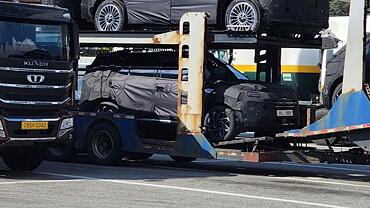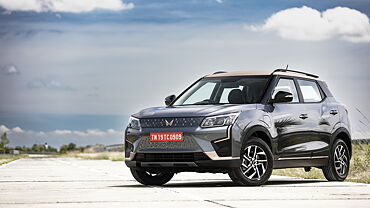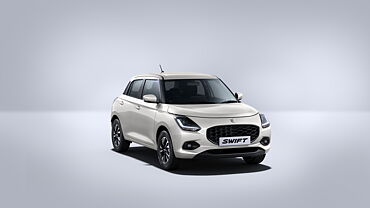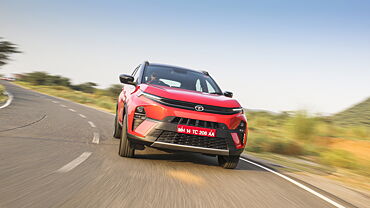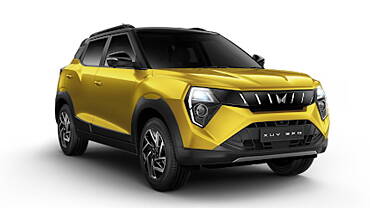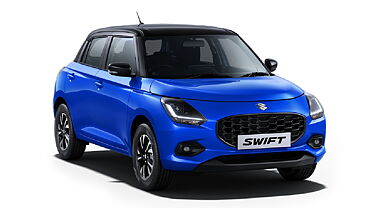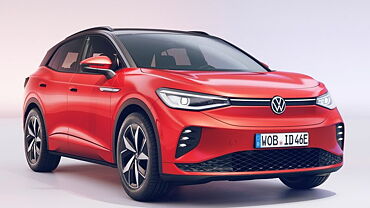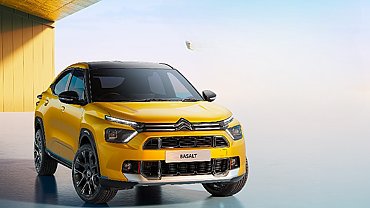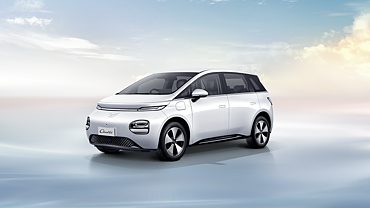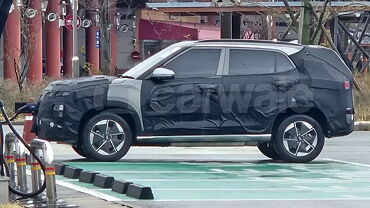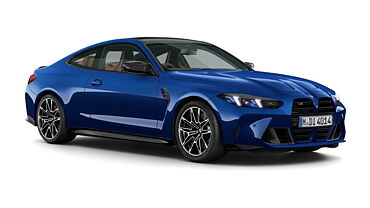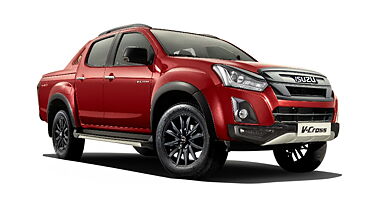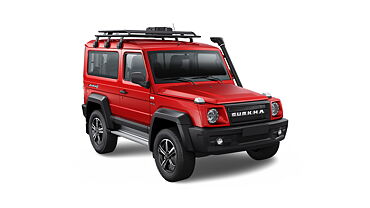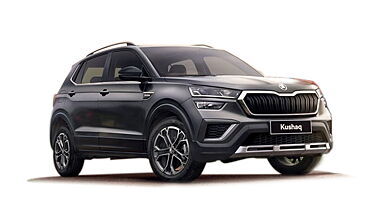Aiming to make most of the low-cost developing markets and to increase the country's share in its motorcycle revenues twofold by the year 2020, Honda Motor Company (HMC) released its first mass market motorcycle in India on 15th May 2012. Dream Yuga also happens to be the cheapest motorcycle in the company's global portfolio.
Priced at Rs. 44,642, Honda's first bike in 75-125 cc segment, the 110 cc Dream Yuga will compete with rival Hero MotoCorp's best selling bike in the country, Splendor. At the launch event of the bike, Keita Muramatsu, President, Honda Motorcycle and Scooter India (HMSI), commented, “Honda expects India to account for 30 percent of its global motorcycle revenues by 2020, up from 13 percent currently.”
Yadvinder Singh Guleria, Head of Marketing, Honda India, was also present at the event and stated, "Our long-term target is to be the number one in India by 2020." He said that in the ongoing financial year, the company wishes to sell 3,00,000 units of the Dream Yuga.
The Indian two wheeler market is dominated by the entry-level commuter bikes that comprise 70 per cent of total sales of the country. In this sector, as many as 10 million motorcycles were sold in 2011, placing it second only to China. HMSI had to refrain from competing with the vehicles sold under the Hero Honda badge under the partnership agreement with Hero MotoCorp. The Japanese manufacturer's entry in the mass market is part of its attempt to raise the production capacity. It is also trying to increase sales volumes in a market that showed 14 per cent growth rate in the last fiscal year.
This Japanese manufacturer terminated its 26 year old partnership with domestic giant Hero MotoCorp in March 2012 in a USD 851 million deal. In an attempt to compete with its former partner for the number one position, the company as announced an investment worth USD 373 million. HMC, whose portfolio in India also includes passenger cars, is planning to increase its total two wheeler manufacturing capacity to 4 million vehicles. Therefore, it is setting up its third two wheeler production plant in the country, which will be functional by early 2013.
While Honda has been quite aggressive, its compatriots have not been far behind either. An all new USD 280 million manufacturing plant is to be set up by Yamaha Motor in the country in a bid to treble its capacity to 2.8 million vehicles by 2018. On the other hand, Suzuki Motor Corporation is establishing a production unit in India to increase its capacity to nearly 1 million units by 2014. The Japanese company is also set to launch a mass market product by the end of May 2012.
However, Indian manufacturers have remained undeterred in spite of such aggressive moves by their Japanese rivals. Bajaj Auto released a tuned up version of its flagship model in the commuter segment, Discover, on 15th May. The company lost its position as the second largest two wheeler manufacturer of India to Honda in March 2012. Marking a growth of more than 50 per cent from the corresponding period last year, Honda delivered 2,20,487 vehicles in the country in March this year, just a step above Bajaj's.

